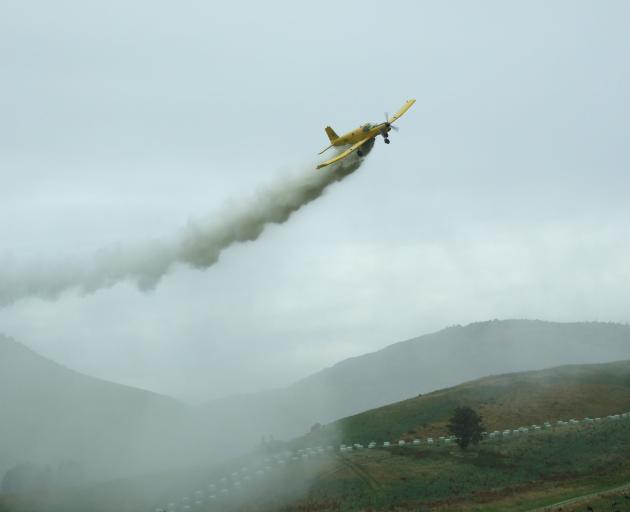
The report was written by mining company L&M Group and consultancy Agribusiness Group, but funded and released by the publicly funded Our Land and Water National Science Challenge.
About half the fertiliser used in New Zealand is phosphate, which boosts plant growth but also pollutes waterways when farmers use too much of it.
A separate, international study by New Zealand and UK authors - released at the same time - showed many farmers globally overuse phosphate, creating avoidable pollution, while others did not have enough to grow maximum food from their land.
The authors of the international peer-reviewed study in Nature Food warned people needed to ration it more carefully to make its benefits last more than 500 years, given it was not renewable.
As of 2021, New Zealand was the ninth biggest importer in the world, shipping in around 700,000 tonnes, with 51 percent of that coming from Morocco, followed by Togo and China.
The Moroccan supply was probed in series of reports by Stuff in 2018, which traced the fertiliser's links to a long-running humanitarian crisis in a bitterly disputed area, Western Sahara, annexed by Morocco in the 1970s.
Monday's New Zealand study for Our Land and Water was finished in December and looked into options for mining phosphate locally, something L&M Group has been investigating.
It said mining phosphate in New Zealand would have around half the planet-heating effect of mining and transporting the imported stuff on which farmers currently rely.
Nitrous oxide from nitrogen-based fertiliser is a significant source of greenhouse gas emissions in New Zealand, but that is a different type of fertiliser.
The report cited ethical benefits from opening local mines, saying: "Political and social issues relating to the use of 'blood phosphate' from the contested Western Sahara would be effectively addressed."
There would be environmental effects from open-cast mining, similar to quarrying limestone, the report said.
It said New Zealand could potentially produce a slower-release form of the fertiliser, which would be less prone to being washed into lakes, rivers and aquifers.
According to Stats NZ, 64 percent of river lengths have phosphorus concentrations at levels posing an environmental risk.
L&M Group has identified deposits in Clarendon, Otago as well as North Canterbury and Kaikōura.













